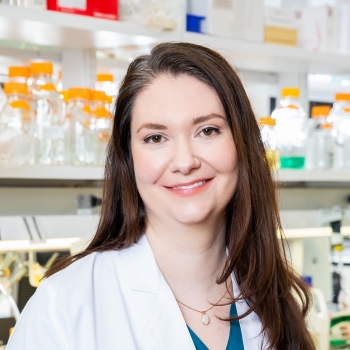
Faculty Title:
Assistant Professor of Biology
Department:
- Biology
Room:
68-333A
Phone Number:
617-253-9430
Email:
Faculty Bio:
Dr. Case joined MIT in 2021 as an assistant professor in the Department of Biology, where she studies the spatial organization of signal transduction. Dr. Case completed her PhD in Cell Biology at the National Institutes of Health through a joint training program with the University of North Carolina. As a graduate student she used advanced fluorescence microscopy techniques to study the spatiotemporal regulation between integrin adhesion and the actin cytoskeleton during cell migration. She completed postdoctoral training at UT Southwestern Medical Center in Dallas, Texas, where she studied how protein phase separation regulates transmembrane signaling. Her lab uses a combination of protein biophysics, biochemical reconstitution and cell-based assays to understand how the organization of signaling molecules at the plasma membrane controls downstream signaling.
Research Areas:
Research Summary:
All living organisms are chemical systems that follow chemical and physical laws. However, cellular chemistry is both immensely complex and tightly regulated. To control biochemistry, eukaryotic cells rely on internal organization to compartmentalize specific reactions. The plasma membrane serves as a dynamic, complex signaling platform which senses and responds to information in the extracellular environment. We seek to understand the physical principles that drive self-organization at the plasma membrane. For example, we have found that liquid-liquid phase separation driven by multivalent protein interactions can drive the higher-order clustering of cell adhesion receptors on the plasma membrane, enhancing downstream signaling. Ongoing work is aimed at understanding how higher-order receptor clustering is initiated, how the composition of clusters is regulated, and how the chemical and material properties of a cluster controls the activities of signaling molecules. We hypothesize that physical and chemical properties, determined by the dynamic behaviors of component molecules, may be generally important in defining the biochemical activities of signaling clusters at the plasma membrane. We use a variety of approaches, including solution biophysics, live-cell quantitative fluorescence microscopy, and biochemical reconstitution on supported lipid bilayers.
